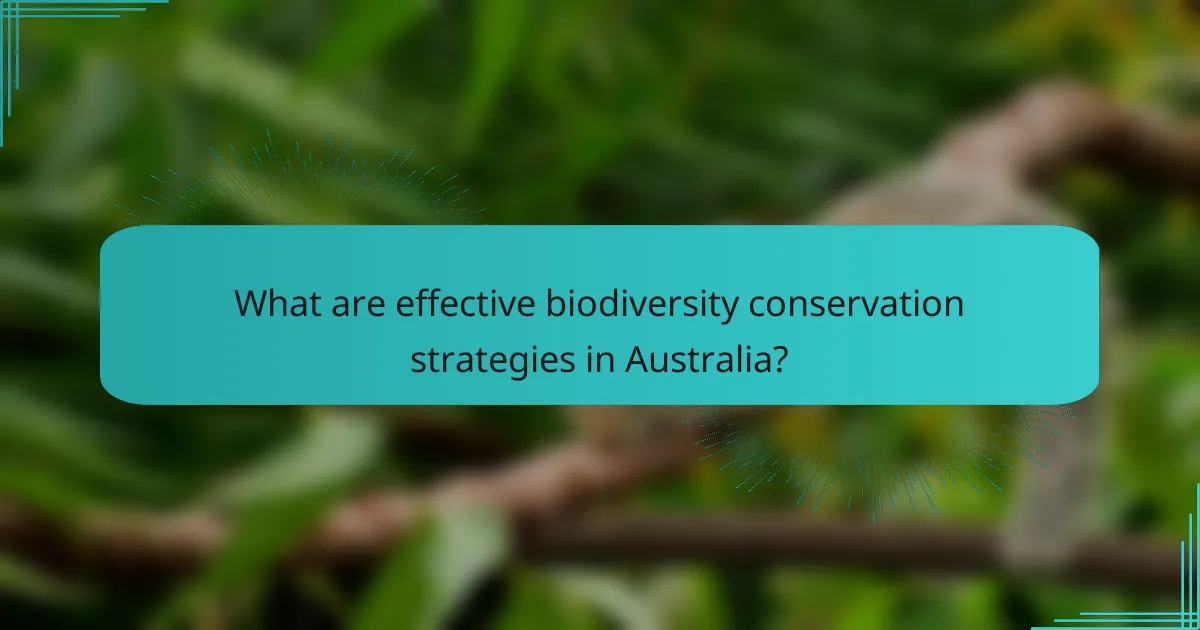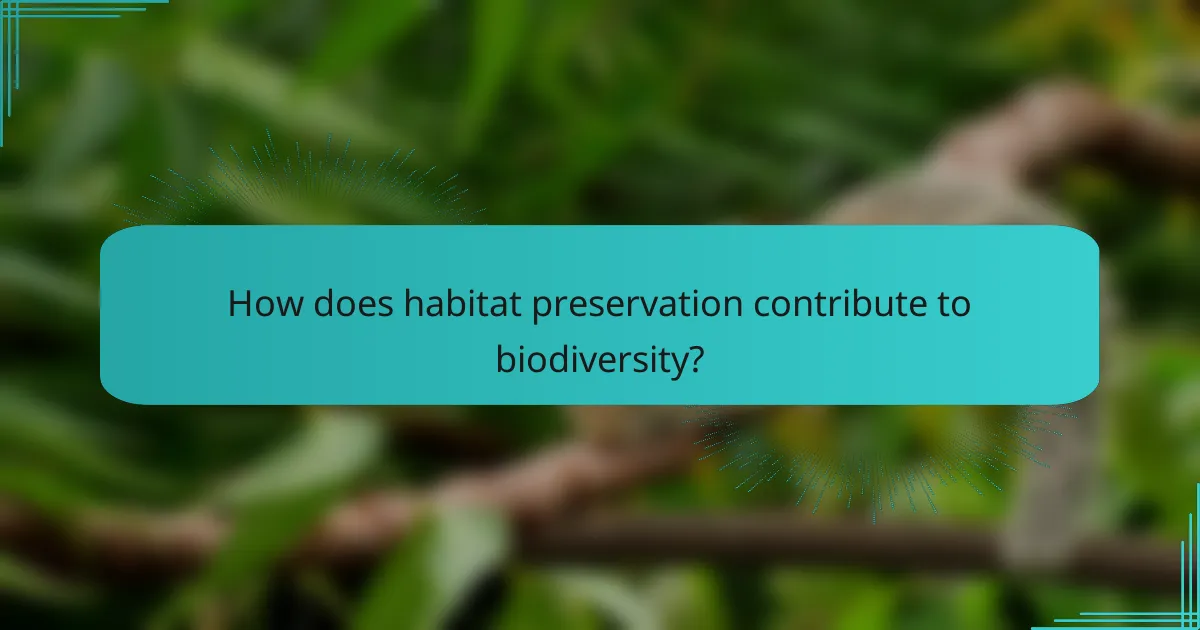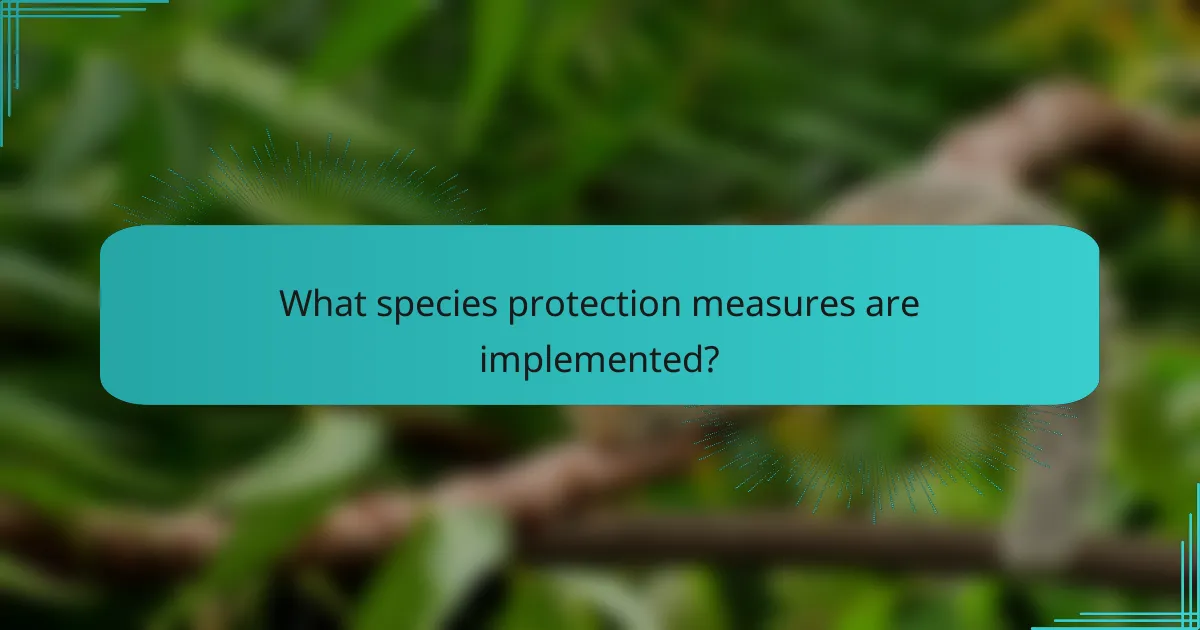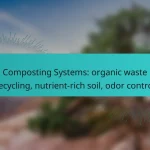Biodiversity conservation is crucial for maintaining ecological balance and sustainability, and it encompasses strategies such as habitat preservation, species protection, and community engagement. By safeguarding natural environments and implementing protective measures for threatened species, we can foster resilience in ecosystems. Engaging local communities in these efforts further enhances the effectiveness of conservation initiatives, ensuring a collaborative approach to protecting our planet’s biodiversity.

What are effective biodiversity conservation strategies in Australia?
Effective biodiversity conservation strategies in Australia include habitat preservation, species protection, and community engagement. These approaches work together to maintain ecological balance and promote sustainable practices across various ecosystems.
Habitat preservation initiatives
Habitat preservation initiatives focus on protecting natural environments to support diverse species. This can involve establishing protected areas, such as national parks and reserves, where ecosystems can thrive without human interference.
Key strategies include restoring degraded habitats and implementing land-use planning that prioritizes conservation. For example, the Australian Government’s National Reserve System aims to create a network of protected areas covering at least 17% of terrestrial environments.
Species protection programs
Species protection programs are designed to safeguard endangered and threatened species from extinction. This often involves legal frameworks, such as the Environment Protection and Biodiversity Conservation Act 1999, which provides guidelines for species recovery plans.
Programs may include breeding initiatives, habitat restoration, and monitoring populations. For instance, the recovery of the Eastern Curlew involves habitat protection and community awareness campaigns to reduce human impact on their migratory routes.
Community engagement efforts
Community engagement efforts are crucial for fostering public support and participation in biodiversity conservation. These initiatives often involve educational programs, volunteer opportunities, and partnerships with local organizations to promote conservation awareness.
For example, Landcare groups across Australia mobilize volunteers to restore local habitats and educate the community about sustainable practices. Engaging local communities ensures that conservation efforts are culturally relevant and widely supported.
Collaborative conservation projects
Collaborative conservation projects bring together governments, NGOs, and local communities to address biodiversity challenges. These partnerships leverage resources and expertise to implement effective conservation strategies.
Successful examples include the Great Barrier Reef Marine Park Authority, which collaborates with various stakeholders to protect marine biodiversity. Such projects often emphasize shared responsibility and collective action to achieve long-term conservation goals.

How does habitat preservation contribute to biodiversity?
Habitat preservation is essential for maintaining biodiversity as it protects the natural environments where various species thrive. By safeguarding these ecosystems, we ensure the survival of numerous plant and animal species, which in turn supports ecological balance and resilience.
Restoration of ecosystems
Restoration of ecosystems involves rehabilitating degraded habitats to restore their natural functions and biodiversity. This can include replanting native vegetation, removing invasive species, and reintroducing native wildlife. Successful restoration projects can significantly enhance local biodiversity and improve ecosystem services, such as water filtration and carbon storage.
For effective restoration, it is crucial to assess the specific needs of the ecosystem and engage local communities in the process. This not only fosters a sense of ownership but also ensures that restoration efforts are culturally appropriate and sustainable.
Protection of critical habitats
Protection of critical habitats is vital for preserving biodiversity hotspots, which are areas with a high number of endemic species. These habitats often face threats from urban development, agriculture, and climate change. Implementing protective measures, such as establishing nature reserves or wildlife corridors, can help shield these areas from degradation.
Governments and organizations should prioritize the identification and protection of these critical habitats through legislation and conservation programs. Engaging local stakeholders in conservation efforts can enhance the effectiveness and longevity of these protective measures.
Reduction of habitat fragmentation
Reduction of habitat fragmentation is crucial for maintaining connectivity between ecosystems, allowing species to migrate, find food, and reproduce. Fragmentation often occurs due to infrastructure development, agriculture, and urbanization, which can isolate populations and reduce genetic diversity.
Strategies to mitigate fragmentation include creating wildlife corridors, implementing land-use planning that considers ecological impacts, and restoring connectivity between fragmented habitats. By addressing fragmentation, we can enhance the resilience of ecosystems and support diverse species populations.

What species protection measures are implemented?
Species protection measures include a variety of strategies aimed at conserving threatened and endangered species. These measures often involve recovery plans, legal frameworks, and breeding initiatives to ensure species survival and biodiversity preservation.
Endangered species recovery plans
Endangered species recovery plans are strategic documents that outline actions needed to restore populations of threatened species. These plans typically include habitat restoration, population monitoring, and research initiatives to understand species needs better.
For example, the recovery plan for the California condor includes habitat protection and a focus on reducing lead poisoning from ammunition. Effective recovery plans often involve collaboration among government agencies, conservation organizations, and local communities.
Legal protections and regulations
Legal protections and regulations play a crucial role in species conservation by establishing frameworks that prohibit harmful activities. Laws such as the Endangered Species Act in the United States provide legal backing for the protection of endangered species and their habitats.
These regulations can include restrictions on land development, hunting, and trade of endangered species. Compliance with such laws is essential for conservation efforts, and violations can lead to significant penalties.
Captive breeding programs
Captive breeding programs are designed to breed endangered species in controlled environments to increase their populations. These programs often serve as a last resort for species on the brink of extinction, providing a safe space for breeding and raising young.
Successful examples include the captive breeding of the Arabian oryx and the black-footed ferret, both of which have been reintroduced into their natural habitats. While captive breeding can be effective, it requires careful management to ensure genetic diversity and the eventual reintroduction of species into the wild.

How can communities engage in biodiversity conservation?
Communities can engage in biodiversity conservation through various initiatives that promote local involvement and awareness. By participating in these efforts, individuals can contribute to habitat preservation, species protection, and the overall health of their ecosystems.
Local conservation volunteering
Local conservation volunteering involves individuals dedicating their time to assist in projects aimed at preserving natural habitats and protecting wildlife. This can include activities such as planting native trees, removing invasive species, or participating in clean-up events at local parks and nature reserves.
Communities can find opportunities through local environmental organizations or government programs. Volunteering not only helps the environment but also fosters a sense of community and shared responsibility among participants.
Educational outreach programs
Educational outreach programs aim to inform and engage the public about biodiversity and conservation efforts. These programs often include workshops, seminars, and school presentations that highlight the importance of protecting local ecosystems and species.
Effective outreach can involve collaboration with schools, community centers, and local businesses. By providing accessible information and resources, these programs encourage community members to take action in their own lives, such as reducing waste or supporting sustainable practices.
Citizen science initiatives
Citizen science initiatives invite community members to participate in scientific research by collecting data on local wildlife and habitats. This can involve monitoring bird populations, documenting plant species, or tracking changes in local ecosystems.
These initiatives not only contribute valuable data to scientists but also empower individuals to become active participants in conservation. Communities can engage in citizen science through apps or platforms that facilitate data collection and sharing, making it easy for anyone to contribute.

What are the prerequisites for successful conservation strategies?
Successful conservation strategies require a combination of stakeholder collaboration, adequate funding, and resource allocation. These elements ensure that efforts are coordinated, sustainable, and effective in preserving biodiversity.
Stakeholder collaboration
Collaboration among stakeholders is crucial for the success of conservation strategies. This includes engaging local communities, government agencies, NGOs, and private sectors to align goals and share responsibilities. Effective communication and mutual respect among these parties can lead to more comprehensive and inclusive conservation efforts.
For instance, involving local communities in habitat preservation initiatives can enhance their commitment and provide valuable local knowledge. Establishing regular meetings and collaborative platforms can help maintain transparency and foster trust among stakeholders.
Funding and resources
Securing adequate funding and resources is essential for implementing conservation strategies. This can involve government grants, private donations, and partnerships with businesses. A well-structured budget that outlines specific needs, such as personnel, equipment, and educational programs, can facilitate effective resource allocation.
Additionally, exploring diverse funding sources can mitigate risks associated with reliance on a single stream. For example, conservation projects might benefit from crowdfunding campaigns or eco-tourism initiatives that provide ongoing financial support while promoting awareness and engagement.


